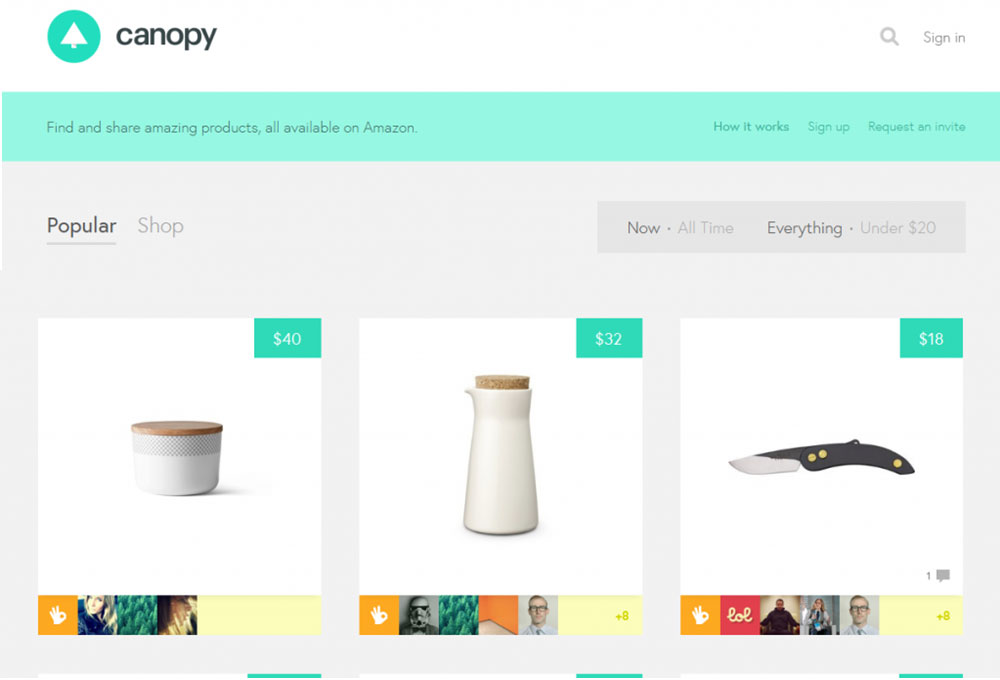Mobile Content Management System (CMS)
- By
- PostedAugust 20, 2013
A flexible CMS is today’s answer to anyone who asks what they should look for when creating mobile content. Due to the high development speed of mobile technology and changes in user location-based browsing, it’s difficult to predict what the mobile future will bring and what kind of mobile CMS will best fit your needs.
The Three Primary Forms of Mobile Content to Consider
One-site approach – One website for all visitors, rendered differently for mobile devices
Two-site approach – One website for desktop visitors and one specifically for mobile devices
Mobile app – Internet application transferred to a mobile device that performs specific tasks Furthermore, some companies need a mobile cms to address only a small set of devices (e.g. smart phones) while others need to render content on any mobile phone out there.
The Mobile apps way; one of the pre-requisites with the mobile apps approach is the extensive infrastructure that is required for basic distribution and maintenance updates. And beyond the distribution infrastructure, organizations need to create customized versions of the mobile app for each of the mobile platforms on which it will run (Android, Mac O/S, RIM, Windows Mobile, Symbian etc.), which in turn also requires individual updates for end-users to install and refresh. For commercial apps not a big hurdle to take, for informational apps and for businesses with a limited amount of resources to deploy, not an obvious choice. Native used to have quite some advantages, but with the arrival of HTML5, CSS3 and all modern browsers, even the latest versions of Internet explorer, supporting Javascript code, those advantages are slowly shrinking and in the not so foreseeable future it will be possible to duplicate all unique mobile apps features within a standard cloud-based mobile CMS system. What remains of course is the marketing angle a mobile apps can have on Apple, Android and Windows mobile apps stores. These apps stores have a wide spread visibility amongst viewers and potential customers and and mobile apps have through those app stores a natural window to the mobile marketplace. Whereas, household names fully benefit from the apps stores and its marketing potential, it is less the case for small and medium sized businesses where the brand is not necessarily the key differentiator, but rather the products and services these companies are offering. For those companies the visibility on the Internet can only increase with keywords, reflecting the nature of the products and services offered, and with keywords that are ranking at a bear minimum in the top 20 of the major search engines.
The One-site approach; This is the most efficient approach for all businesses and organizations where the content between the main web presence site and the mobile site is identical and can remain identical. Management and update of the content, both main and mobile is done from the same and unique administration interface and all updates are immediately available for viewing on regular PC’s and all mobile devices. Both the main and mobile are reachable through the same URL, and depending on the device used the viewer will be directed to the main website or the mobile website. Mobile viewers will always have the possibility to revert to the main website on their mobile device if they have a need to access modules that are not yet optimized for mobile viewing. Over time, and with the evolution of HTML5 and browser technology, it will be possible to nearly match all modules available on the main site for mobile viewing, including complex modules like video players and E-commerce modules. The core of this approach is a uniquely designed Template for both the main website and the mobile web site . A mobile CMS system should be able to customize the elements you would like to display in your mobile site, and also arrange them in order by simple drag-and-drop.
The Two-site approach; For companies that want to have targeted content for their main website viewers and mobile viewers that is substantially different from one another, the two-site approach is the way to go. Two differently custom built and designed Templates will be another key differentiator of the two site approach. The mobile site can have inquiry forms, lead forms and all sorts of interactive modules with viewers and customers, the main site could be arranged in a way to transact with customers through e-mail marketing, Newsletters and E-commerce modules. Although being in reality two different web sites, some of the modules can be integrated and be connected as being one. The most important once’s being user registration, user name and passwords and user database that can be shared amongst the two sites. In such a way, and although the content is or can be quite different, the viewers/customers are uniquely connected on both web sites. Conclusion The debate on mobile apps versus mobile web apps, is not so much one of which is better, but rather one of which fits best the needs of your organization and your customers. Technology wise and feature wise both approaches have and surely will have the tendency to converge in the next year. Mobile apps are much more complex to develop and to maintain, but have distinct advantage when it comes to marketing and publicity. That advantage can be off-set with specific search engine optimization (SEO) programs that enable customers not only to be able to be viewed on mobile devices but also to be found through generic searches on the main search engines like Google, Bing and Yahoo.











